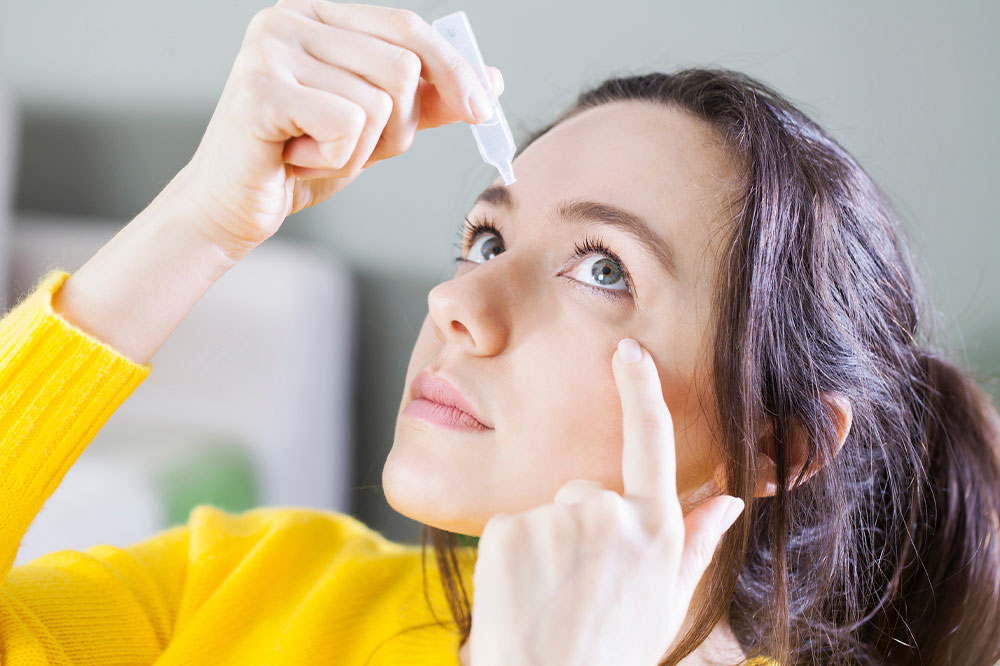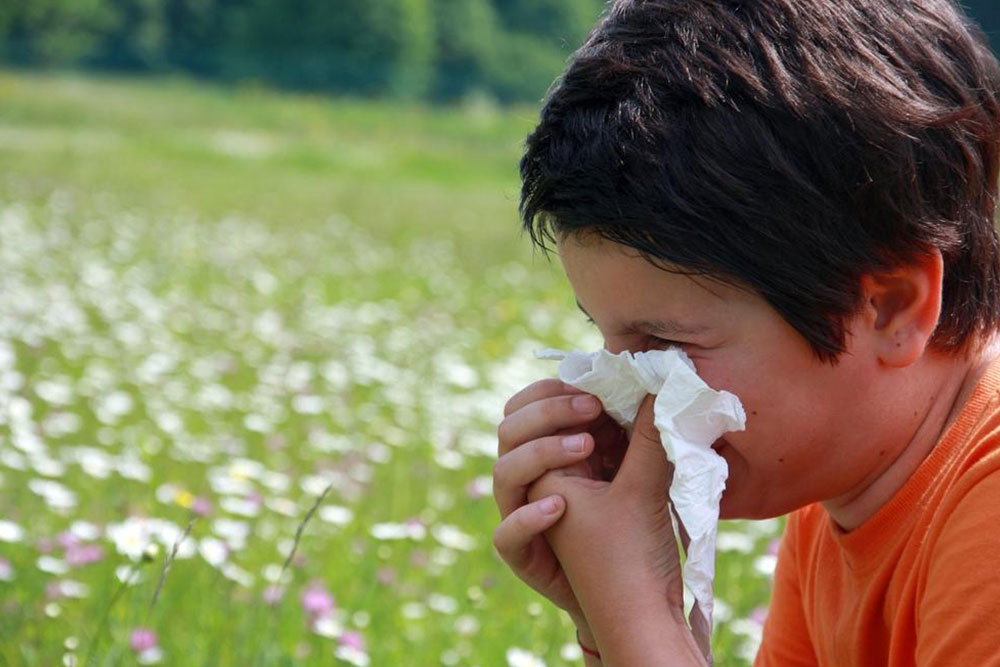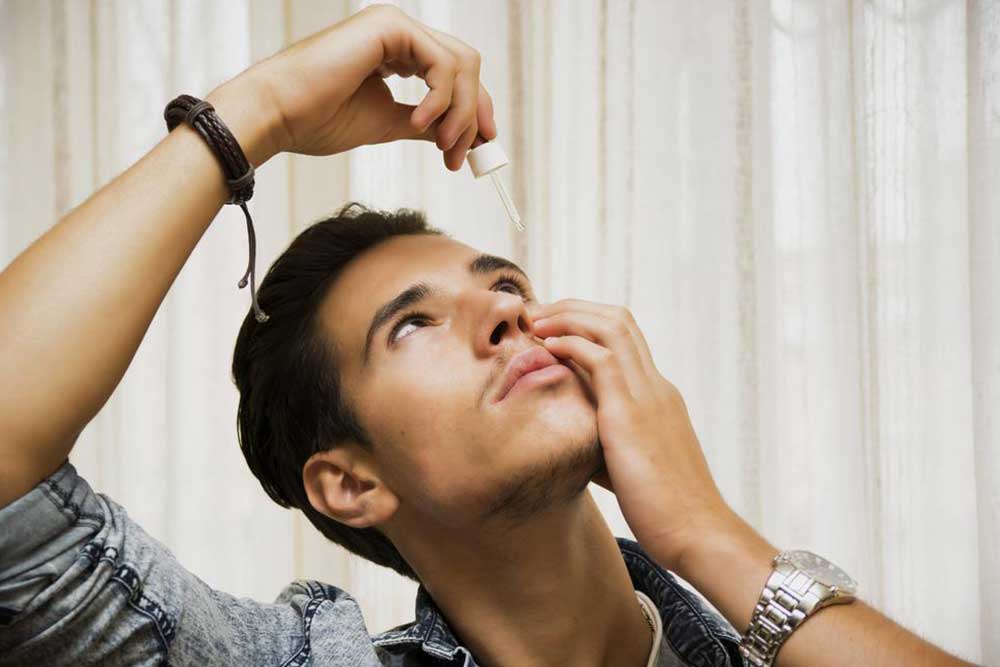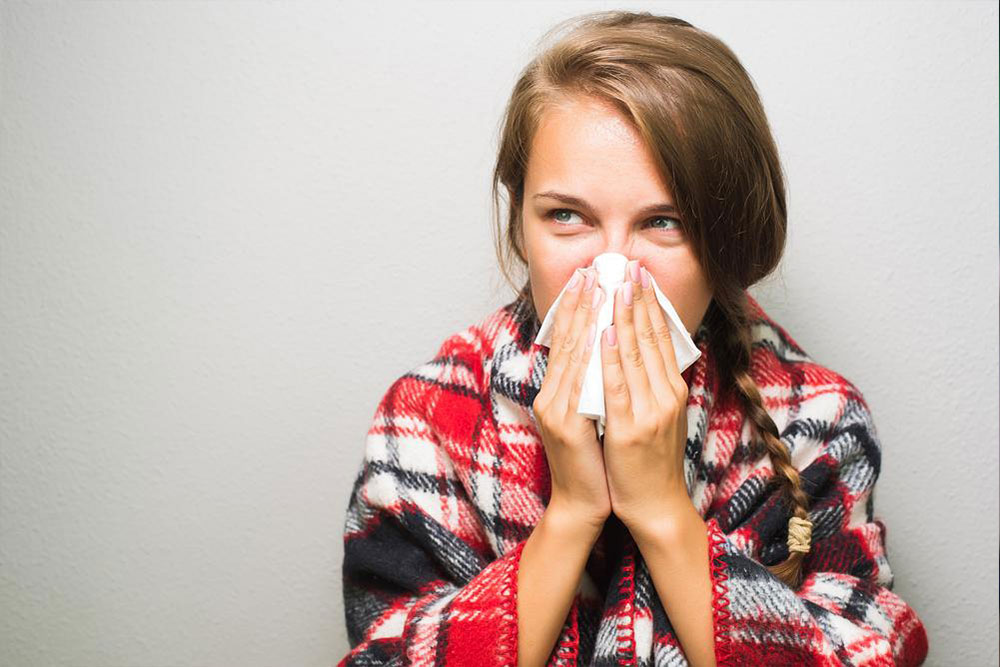Understanding Eye Allergies: Symptoms, Causes, and How to Find Relief
Learn about eye allergies, including their symptoms, common causes like pollen and pet dander, and effective relief methods such as medications and lifestyle changes. Proper diagnosis and management can significantly reduce discomfort and improve eye health for those affected by allergic reactions around the eyes.

Eye Allergies: Recognition, Triggers, and Solutions
Eye allergies, also known as allergic conjunctivitis, occur when the immune system reacts to irritants, leading to inflammation, redness, and discomfort in the eyes. Common triggers include airborne allergens such as pollen, dust mites, pet dander, and mold spores, as well as cosmetics, eye drops, smoke, and pollutants. People of all ages can experience symptoms like itching, redness, tearing, and swelling. Accurate diagnosis by a healthcare provider helps in choosing effective treatments and avoiding allergens for relief.
Symptoms of eye allergies often include:
Red eyes
Watery discharge
Swollen eyelids
Burning or stinging sensations
Light sensitivity
Blurry vision
Nasal congestion
Sensation of grit or sand in the eyes
Proper diagnosis ensures targeted treatment, which can range from over-the-counter remedies to prescribed medications. Avoiding known allergens and practicing good eye hygiene can significantly minimize symptoms.
Common Causes and Triggers of Eye Allergies
Pollen: Pollen from trees, grasses, and weeds can provoke allergic responses around the eyes.
Dust mites: Tiny insects in bedding and upholstery produce proteins that trigger allergies.
Pet dander: Shed skin flakes, saliva, and urine from animals may cause eye irritation.
Mold spores: Mold in damp areas releases spores that can trigger reactions when airborne.
Cosmetic products and eye drops: Ingredients in makeup and eye care products can cause allergic responses.
Pollution and smoke: Exposure to cigarette smoke and environmental pollutants can irritate eyes.
Irritants: Chemicals, strong scents, and dust may lead to allergic symptoms.
Contact lenses: Extended or improperly cleaned lenses can cause irritation and allergic reactions.
Weather conditions: Windy or dry environments increase allergen presence and eye sensitivity.
Limiting exposure to these triggers and maintaining eye hygiene can reduce the severity and frequency of allergic episodes.
Reactions and Conditions Around the Eyes
Allergic dermatitis: Skin around the eyes becomes red, itchy, swollen, dry, or flaky due to allergic contact.
Allergic conjunctivitis: Inflammation of the conjunctiva causes redness, swelling, tearing, and irritation.
Touch dermatitis: Direct contact with allergens like makeup or eye drops can cause localized redness and swelling.
Angioedema: Severe swelling involving deeper skin layers can result in swollen eyes.
Periorbital eczema: Dry, itchy, and red skin around the eyes due to irritants or allergens.
If you suspect allergies, consult a healthcare provider to identify triggers and plan appropriate treatment.
Effective Relief Strategies for Eye Allergies
Prescribed eye drops: Anti-inflammatory or antihistamine eye drops can reduce symptoms under medical supervision.
Cold compresses: Applying a cool cloth over closed eyes helps alleviate swelling and irritation.
Avoidance: Recognizing and steering clear of known allergens limits flare-ups.
Eye hygiene: Regular cleaning, hand washing, and avoiding rubbing eyes minimize exposure to irritants.
Medications: Oral antihistamines or other prescriptions may be recommended for comprehensive allergy control.
Awareness of triggers and proactive management can improve quality of life and help maintain clearer, more comfortable eyes.
Important Notice:
This information is for educational purposes and should not replace professional medical advice. Always seek guidance from qualified healthcare providers for diagnosis and treatment of eye allergies or related conditions.










